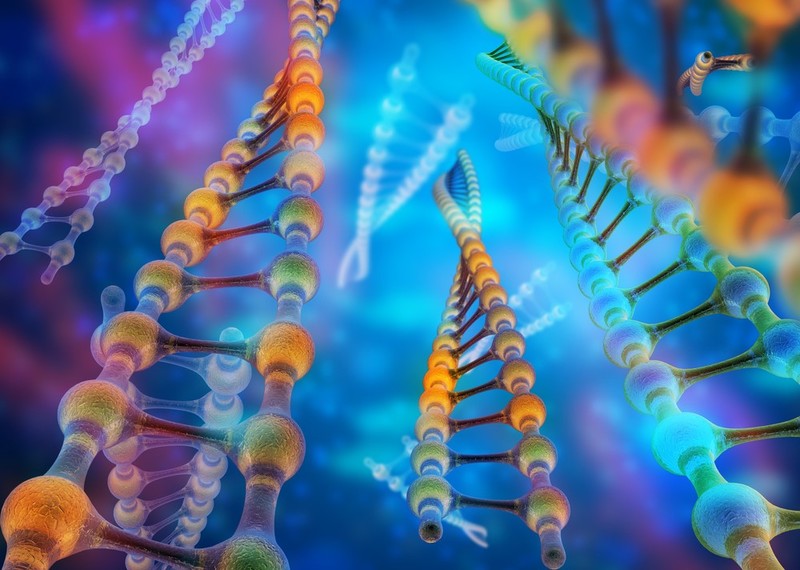Georgia Tech inventors have fabricated poly(N-isopropylmethacrylamide) nanoparticles having a core-shell structure or topology and a hydrogel network structure. The fabricated particles provide a general platform for the delivery of materials to cells. The nanogel core particles are synthesized by free-radical precipitation polymerization. Following synthesis, the nanogel core particles are used as seeds for the addition of a shell hydrogel. The nanoparticle platform technology enables the incorporation of various materials including proteins, antibodies, small molecules, peptides, and oligonucleotides. The researchers have demonstrated the use of the nanoparticles in peptide targeting. The nanoparticles are designed to escape from endosomes following endosomal uptake without requiring additional triggering mechanisms. In addition, the materials can be added to the hydrogel network via simple swelling methods without the addition of any covalent attachment chemistries because the hydrogel provides for a multitude of non-covalent interactions. Furthermore, the payloads can escape from the nanoparticles following cellular uptake without the addition of triggering mechanisms.
- Delivery of a broad range of various materials to cells
- Higher payloads and faster and more sustained RNA interference than non-targeted commercial siRNA delivery vehicle
- Less toxic than commercial liposomal formulations
- Research, therapeutic, or diagnostic use
- Clinical applications - chemotherapy, gene delivery, drug delivery, miroRNA delivery, and bioimaging agent delivery
- siRNA delivery as a research tool for molecular and cell biology research
Nanogels are unique systems for delivering materials to cells due to their ability to efficiently encapsulate target materials through simple mechanisms. Nanogels are readily absorbed by target cells thereby potentially reducing the effective therapeutic dosage and harmful side effects. Although nanongels have potential as drug delivery agents, additional research is necessary to evaluate the potential of these delivery systems in clinical applications.

